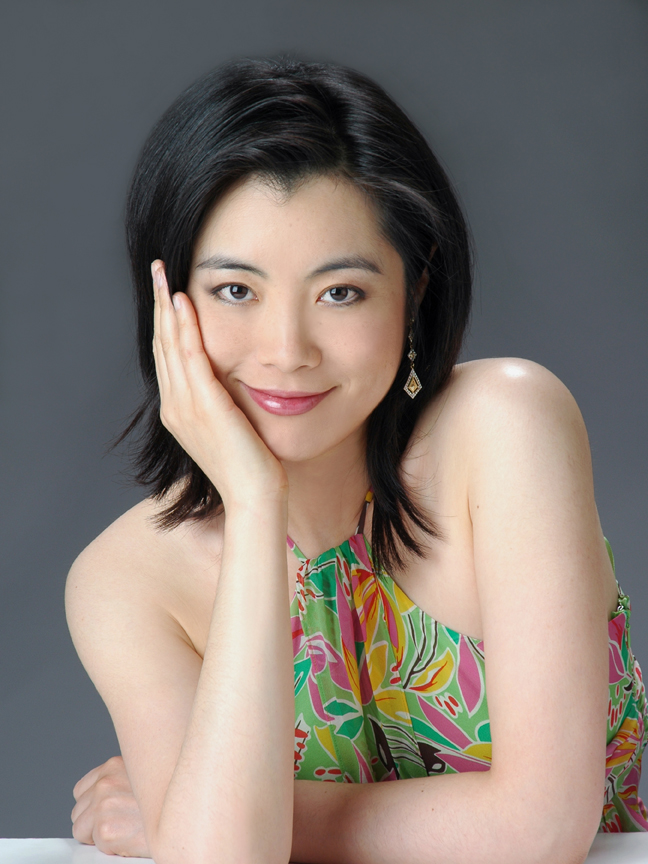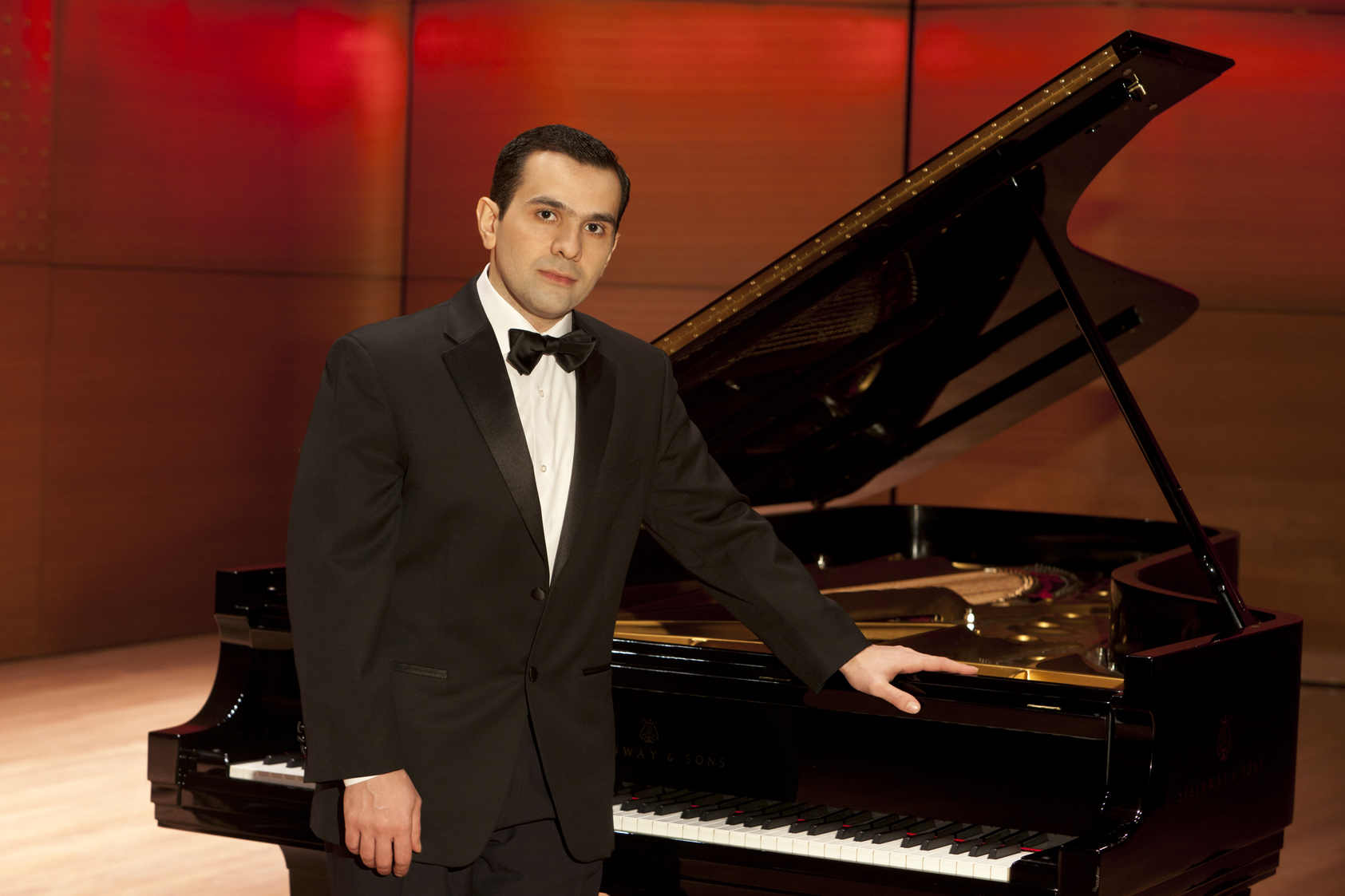Leafing through the biographical notes of Yongmei Hu prior to her recent New York recital, I was struck not so much by the requisite litanies of achievements and accolades as by her charitable involvement, ranging from the children’s foundation, Alphabet Kids, to Musicians on Call, which brings music to hospitals (plus fundraisers for children with cancer and a performance with Melissa Etheridge at the Breast Cancer Symposium in Washington, D.C.). Despite a policy of ignoring things extra-musical or prejudicial while reviewing, it was hard not to appreciate the generous spirit in evidence here to match what turned out to be a lovely stage presence. The program listing of two of the finest works in the piano literature, Brahms’s Sonata, Op. 5, in F minor and Chopin’s Preludes, Op. 28, seemed to promise a perfect afternoon, but of course they present colossal challenges as well. In some ways Ms. Hu rose to those challenges, while in others, there was clearly room for growth.
One had to credit Ms. Hu for bravery in choosing to tackle the Brahms F minor Sonata, as the unwieldy stretches throughout did not seem ideally suited to her pianistic abilities. Some pianists overcome such challenges by taking a bit of extra time for reaching, something that even can enhance Brahmsian grandeur, but Ms. Hu tended to do the opposite, as if to get past these challenges quickly (the omission of the first movement repeat underscoring this haste). The result was more messiness than one is accustomed to hearing. Sometimes haste can start a cycle of distraction as well in the performer himself, and this distraction appeared to rattle even the much-loved Andante espressivo; one of the heavenly moments in piano writing is the gentle settling into D-flat major, but the pianist seemed to be anticipating a later section as she opened with a B-flat bass note. The presence of mind she showed was admirable, even playing another incorrect B-flat presumably to balance things out, but clearly something was amiss. While I am extremely lenient about missed notes in the “no holds barred” performance, there are certain errors that reflect more than an off day, suggesting possibly that one has not internalized a work sufficiently deeply or thoroughly. Some later hallowed passages did much to redeem this performance, but the rushing and lapses seemed inevitably to return, unfortunately marring even the last dozen or so bars. Perhaps some of the unsettled feeling may have stemmed from a virtual stampede of latecomers entering after the first movement, leaving Ms. Hu waiting at the keyboard interminably to start the second movement, but in any case one imagined the Chopin Preludes on the second half would enjoy a fresh start.
Much of the Chopin did indeed fare better. The C Major Prelude had a sure-fingered brightness, followed by good momentum in the A minor, albeit at the expense of some pathos. The left hand passagework of the G Major Prelude was a model of fleet and feathery lightness, though one wanted perhaps more singing quality in the right hand. The E minor Prelude was also one of the high points of the set; its tone, balance, and character projection were just right. The spirit in it carried through to some of the other preludes, much of the B minor (No. 6), E Major (No. 9), B Major (No. 11), D-flat Major (No. 15, “Raindrop”), and A-flat Major (No. 17). Low points, due to messiness or lack of thoroughness included the usual suspects, the g-sharp minor, which emerged as a series of downbeats in a hazy flurry and the fiendish B-flat minor, which simply went off the rails, as did the deceptively difficult E-flat Major. All could have prospered from being taken just a bit more slowly. Other reservations included a need for more phrase punctuation in the rather operatic F minor Prelude, plus some curious readings throughout; all finished well, however, with a solid and convincing ending to the final Prelude in D minor. Especially brilliant were the tricky chromatic thirds in which I’ve heard some very famous pianists struggle. Such fine moments led one to feel that, on a different day and given sufficient time to know each work more thoroughly, Ms. Hu would have a recital program to make musicians sit up and take notice.


